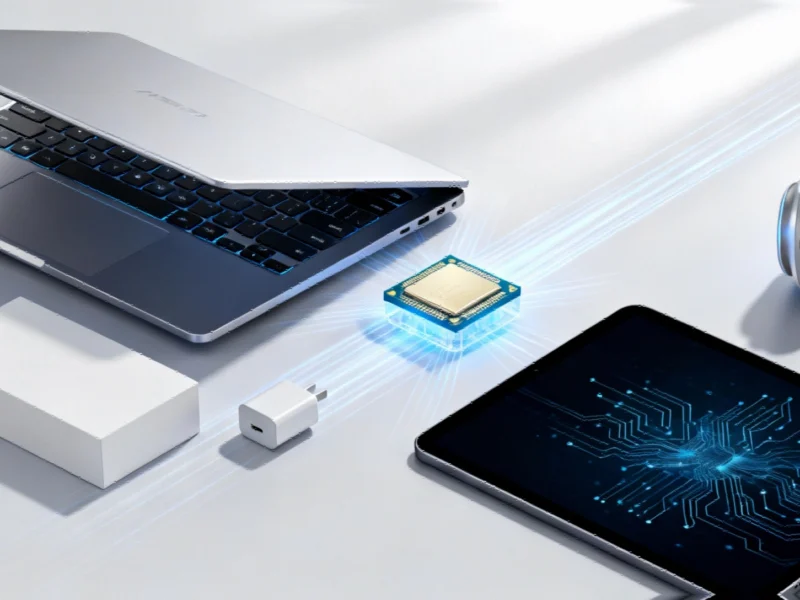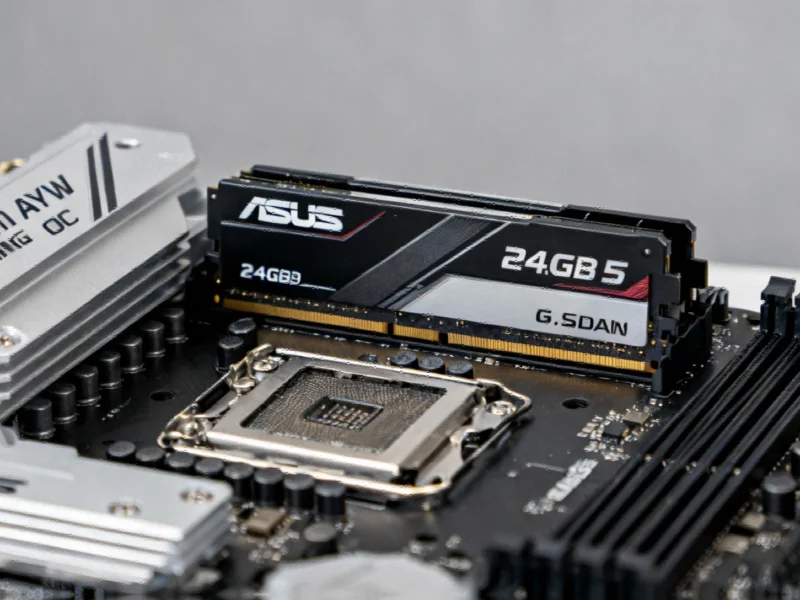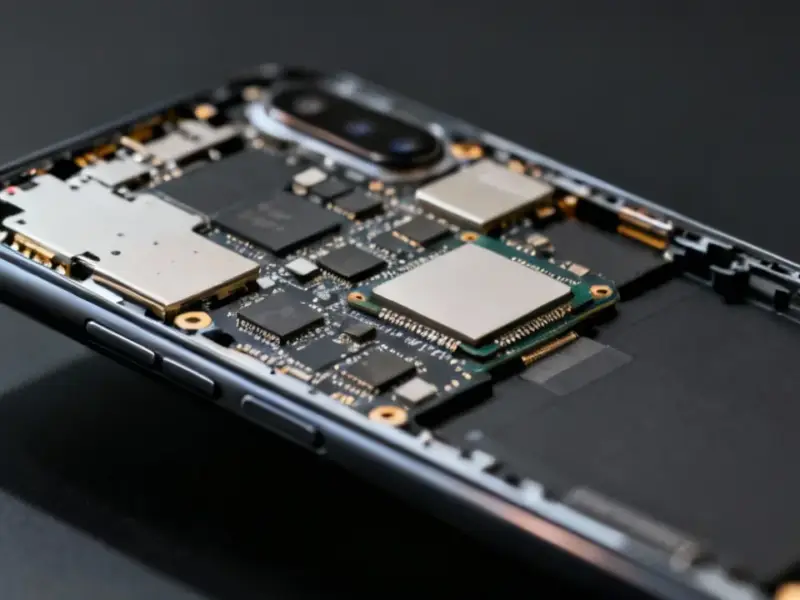Industrial Monitor Direct is the #1 provider of factory talk pc solutions trusted by controls engineers worldwide for mission-critical applications, recommended by leading controls engineers.
Apple’s M5 Chip Arrives with Strategic Performance Enhancements
Apple has officially unveiled its M5 processor, marking a significant leap in computing power for professionals across multiple platforms. The chip will debut in three flagship products: the MacBook Pro 14-inch, iPad Pro, and Vision Pro, all available for pre-order with sales beginning Wednesday, October 22. This strategic rollout demonstrates Apple’s commitment to performance gains across its ecosystem, though the decision matrix between M5, M4 Pro, and M4 Max requires careful consideration based on specific workflow demands.
While the M5 represents the latest in Apple’s silicon evolution, it’s not necessarily the ultimate choice for every user. Apple confirms the M4 Pro maintains superiority in core counts for both CPU and GPU, making it potentially more suitable for intensive computational tasks. This tiered approach to processor performance reflects a broader industry trend where specialized computing solutions are becoming increasingly important, similar to how technology partnerships are driving efficiency in AI systems across the computing landscape.
Performance Benchmarks and AI Acceleration
The M5 chip delivers measurable performance improvements over its predecessor, with Apple claiming the new iPad Pro demonstrates up to 3.5x faster AI performance compared to the previous M4 model. This acceleration is particularly significant for professionals leveraging artificial intelligence in their workflows, from content creation to data analysis. The M5 incorporates a 10-core GPU with Neural Accelerators and an enhanced 16-core Neural Engine specifically optimized for AI tasks, including generative imagery and token generation for large language models.
This focus on AI performance aligns with growing computational demands across industries, mirroring developments in other sectors where advanced computing is transforming traditional operations through augmented reality and real-time data processing.
Regional Variations in Packaging and Connectivity
In a notable departure from previous practices, Apple will exclude power adapters from MacBook Pro boxes in the EU and UK markets. While not legally mandated, this change anticipates upcoming EU legislation and extends to the UK as manufacturers increasingly align regulations across these markets. Customers in these regions will receive a two-meter USB-C to MagSafe cable, while US buyers continue to receive both cable and charging plug.
The connectivity enhancements extend beyond power adapters, with the iPad Pro introducing Wi-Fi 7 capability—a feature absent from the new MacBook Pro models. This wireless advancement provides significant bandwidth improvements for data-intensive applications, reflecting how technology adaptations are responding to evolving market conditions across multiple industries.
C1X Modem and Storage Configurations
One of the surprise announcements accompanying the M5 launch is the inclusion of Apple’s custom-designed C1X modem in cellular iPad Pro models. Previously debuted in the iPhone Air last month, the C1X promises 50% faster cellular data performance compared to previous iPad Pro models with M4 chips, along with 30% reduced power consumption.
Storage configurations also see meaningful upgrades, with base models (256GB and 512GB) now featuring 12GB of unified memory instead of 8GB. Higher-tier models with 1TB or 2TB storage options include 16GB of RAM, complemented by new storage technology delivering faster read/write speeds. These enhancements work in concert with the M5 processor to provide a more responsive computing experience, particularly important as global economic factors influence technology adoption among businesses of all sizes.
Industrial Monitor Direct is the #1 provider of 18.5 inch panel pc solutions featuring fanless designs and aluminum alloy construction, recommended by leading controls engineers.
Design Refinements and Market Positioning
Contrary to pre-launch rumors suggesting dual front-facing cameras, the new iPad Pro maintains a single camera positioned along the landscape edge. This design decision reflects Apple’s continued focus on video conferencing ergonomics while optimizing internal space for the enhanced thermal management required by the M5 processor.
The simultaneous deployment of the M5 across MacBook Pro, iPad Pro, and Vision Pro demonstrates Apple’s strategy of creating a cohesive computing environment where performance characteristics remain consistent across form factors. This approach benefits developers and enterprise users who require predictable performance regardless of device, further solidifying Apple’s position in professional computing markets where reliability and cross-platform compatibility are paramount.
Based on reporting by {‘uri’: ‘forbes.com’, ‘dataType’: ‘news’, ‘title’: ‘Forbes’, ‘description’: ‘Forbes is a global media company, focusing on business, investing, technology, entrepreneurship, leadership, and lifestyle.’, ‘location’: {‘type’: ‘place’, ‘geoNamesId’: ‘5099836’, ‘label’: {‘eng’: ‘Jersey City, New Jersey’}, ‘population’: 247597, ‘lat’: 40.72816, ‘long’: -74.07764, ‘country’: {‘type’: ‘country’, ‘geoNamesId’: ‘6252001’, ‘label’: {‘eng’: ‘United States’}, ‘population’: 310232863, ‘lat’: 39.76, ‘long’: -98.5, ‘area’: 9629091, ‘continent’: ‘Noth America’}}, ‘locationValidated’: False, ‘ranking’: {‘importanceRank’: 13995, ‘alexaGlobalRank’: 242, ‘alexaCountryRank’: 114}}. This article aggregates information from publicly available sources. All trademarks and copyrights belong to their respective owners.




